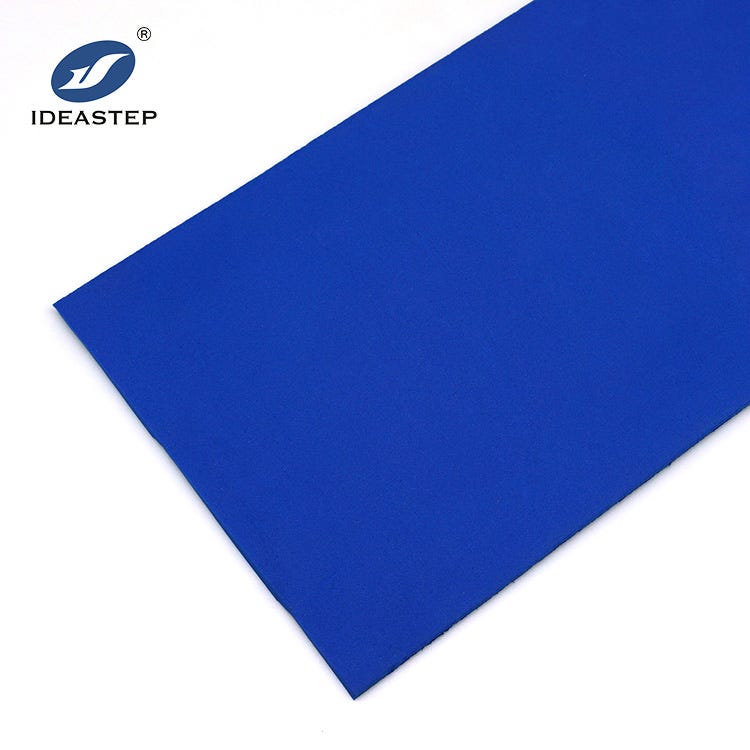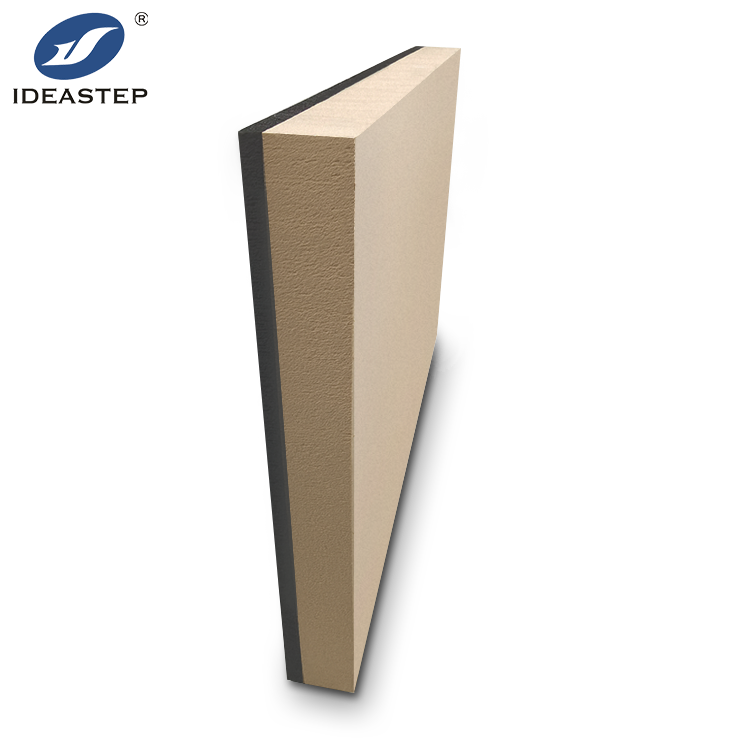The durability of EVA (Ethylene Vinyl Acetate) material is influenced by several critical factors, including environmental conditions, material composition, and manufacturing processes. Understanding these factors can help in selecting and utilizing EVA products more effectively, ensuring their longevity and performance.
EVA (Ethylene Vinyl Acetate) is a versatile material used in a wide range of applications, from footwear and sports equipment to packaging and insulation. Known for its lightweight, flexibility, and cushioning properties, EVA is a popular choice in many industries. However, the durability of EVA material can vary based on several key factors. This article explores the critical factors that impact the durability of EVA material, helping you make informed decisions about its use and maintenance.

1. Material Composition and Quality
The composition of EVA material significantly affects its durability. EVA is a copolymer of ethylene and vinyl acetate, with the ratio of these components influencing the material’s properties. Key aspects include:
- Ethylene-to-Vinyl Acetate Ratio: The ratio of ethylene to vinyl acetate impacts the material’s flexibility, hardness, and resilience. A higher vinyl acetate content generally increases flexibility and cushioning but may reduce structural strength.
- Polymer Grade: Different grades of EVA are available, with variations in density and molecular weight. Higher-grade EVA materials typically offer better durability and resistance to wear and tear.
2. Environmental Conditions
Environmental factors play a significant role in the durability of EVA material. Exposure to harsh conditions can affect its performance and lifespan. Key environmental factors include:
- Temperature Extremes: EVA can become brittle or lose its flexibility when exposed to extreme temperatures. Prolonged exposure to high temperatures can cause the material to degrade, while low temperatures can make it less pliable.
- UV Exposure: Ultraviolet (UV) radiation can lead to the breakdown of EVA material over time. UV exposure can cause the material to become discolored and less flexible, impacting its overall durability.
- Moisture and Humidity: Excessive moisture can lead to swelling or degradation of EVA material. Proper storage and handling are essential to prevent moisture-related issues.

3. Manufacturing Processes
The manufacturing process used to produce EVA material can also affect its durability. Factors to consider include:
- Production Method: The method used to manufacture EVA, such as extrusion or injection molding, can impact the material’s consistency and strength. High-quality manufacturing processes ensure better control over material properties and durability.
- Processing Conditions: Conditions such as temperature and pressure during the manufacturing process influence the final properties of EVA. Proper control of these conditions ensures optimal material performance and durability.

4. Load and Stress Factors
The way EVA material is used and the stresses it endures can affect its durability. Key considerations include:
- Load Bearing: EVA’s ability to withstand load and stress impacts its longevity. Materials subjected to excessive or uneven loads may experience faster wear and degradation.
- Frequency of Use: Frequent use of EVA products, such as in footwear or sports equipment, can lead to gradual wear and tear. Regular maintenance and proper usage can help extend the lifespan of EVA materials.
5. Maintenance and Care
Proper maintenance and care are crucial for extending the durability of EVA materials. Recommendations include:
- Cleaning: Regular cleaning helps remove dirt and debris that can contribute to material degradation. Use mild, non-abrasive cleaners and avoid excessive moisture.
- Storage: Store EVA products in a cool, dry place away from direct sunlight and extreme temperatures to prevent degradation and maintain flexibility.
Conclusion
Understanding the factors that impact the durability of EVA material is essential for selecting the right products and ensuring their longevity. By considering material composition, environmental conditions, manufacturing processes, load factors, and proper maintenance, you can make informed choices that enhance the performance and lifespan of EVA products. Whether you are using EVA in footwear, sports equipment, or other applications, these insights will help you maximize its benefits and durability.
FAQ
1. How can I tell if my EVA product is losing durability?
Signs of reduced durability in EVA products include visible wear and tear, loss of flexibility, and changes in appearance such as discoloration or brittleness. Regular inspection and maintenance can help identify and address these issues early.
2. Can EVA material be repaired if it becomes damaged?
In some cases, minor damage to EVA material can be repaired using appropriate adhesives or fillers. However, extensive damage may require replacement of the affected product.
3. Are there ways to enhance the durability of EVA materials?
Enhancing the durability of EVA materials can be achieved through proper handling, storage in suitable conditions, and routine maintenance. Selecting high-quality EVA products and ensuring they are used according to manufacturer guidelines also contribute to their longevity.
